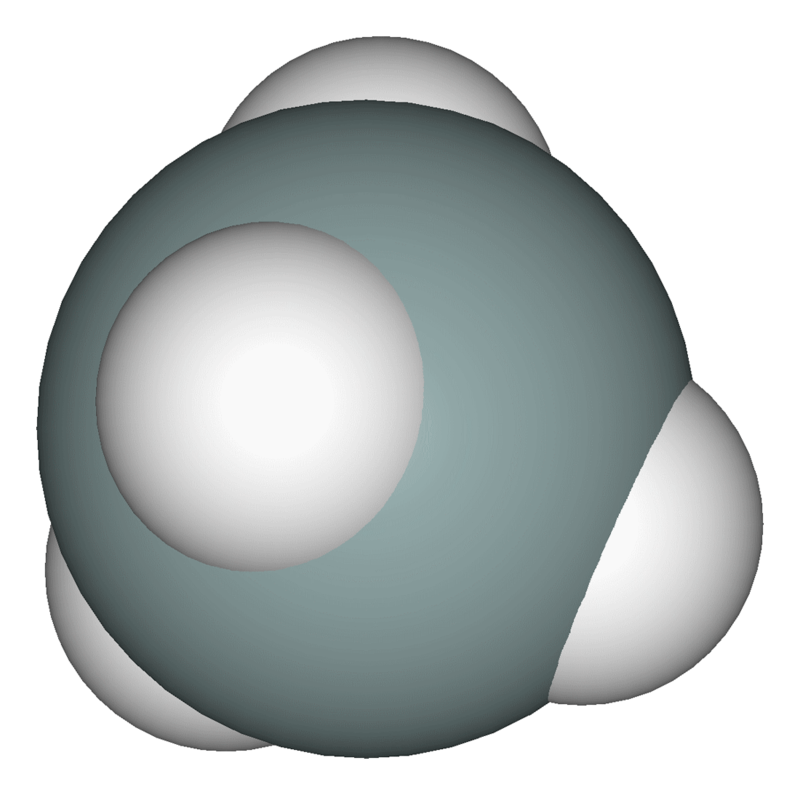In the realm of chemical compounds, some are household names while others linger in the background, known only to those deeply entrenched in specific industries. Silane falls into the latter category. Despite its relative obscurity to the general public, silane plays a crucial role in various fields, from electronics manufacturing to chemical laboratories. Let’s delve into what silane is, its properties, uses, health risks, and safety measures associated with handling it.
Other Names and Chemical Formula
Silane goes by several aliases: silicon hydride, silicane, and silicon tetrahydride, all of which refer to the same chemical compound with the formula H4Si or SiH4.
Industry Uses
Silane finds applications in diverse industries, including silicon production, electronics manufacturing, and chemical laboratories. Its role in these sectors ranges from being a precursor in the production of silicon to serving as a dopant in semiconductors.
Health Risks
Despite its importance in various industries, silane poses significant health risks. It is a colorless, flammable, and poisonous gas. Inhalation of silane can cause respiratory irritation, difficulty breathing, and damage to internal organs upon repeated or prolonged exposure. Direct contact with silane can lead to burns, severe injuries, and frostbite.
Safety Measures and Regulations
To mitigate the risks associated with silane exposure, regulatory bodies have established exposure limits. The Environmental Protection Agency (EPA) recommends limiting exposure to 42 ppm for up to 8 hours (AEGL-2), with stricter limits for shorter durations. The Occupational Safety and Health Administration (OSHA) and the National Institute for Occupational Safety and Health (NIOSH) also provide guidelines for safe exposure levels.
Measuring Silane
Monitoring silane concentration in the air is essential for ensuring workplace safety. Instruments capable of measuring parts per million (ppm) of silane are available, offering both portable and fixed monitoring solutions. These devices enable real-time monitoring and control, enhancing safety protocols in environments where silane is present.
All of those units can be found here: https://www.gas-sensing.com/information/silane
In conclusion, while silane may not be a household name, its significance in various industries cannot be overstated. Understanding its properties, health risks, and implementing appropriate safety measures are essential for safeguarding the well-being of workers and the environment. By adhering to regulatory guidelines and utilizing advanced monitoring technologies, we can harness the benefits of silane while minimizing associated risks. Stay informed, stay safe.

